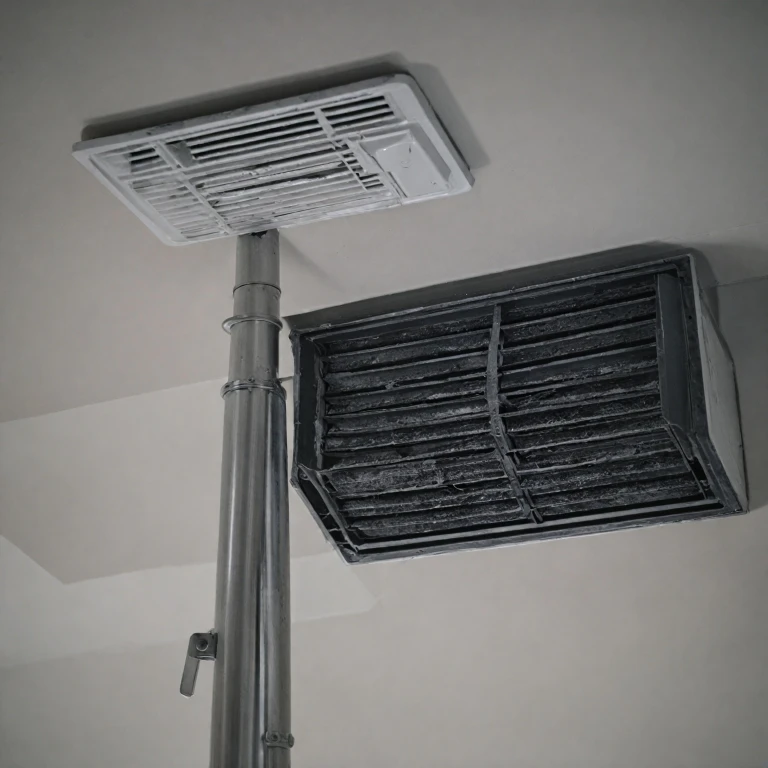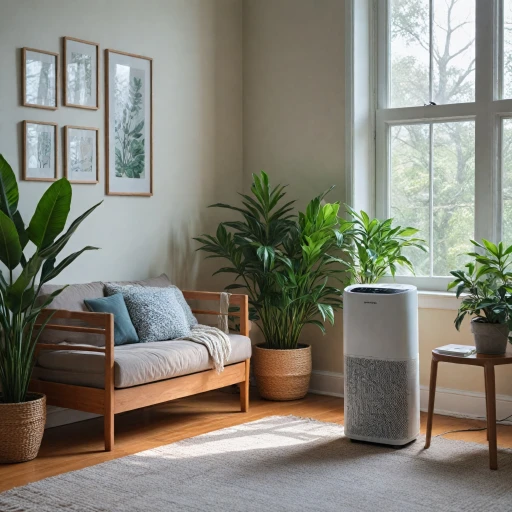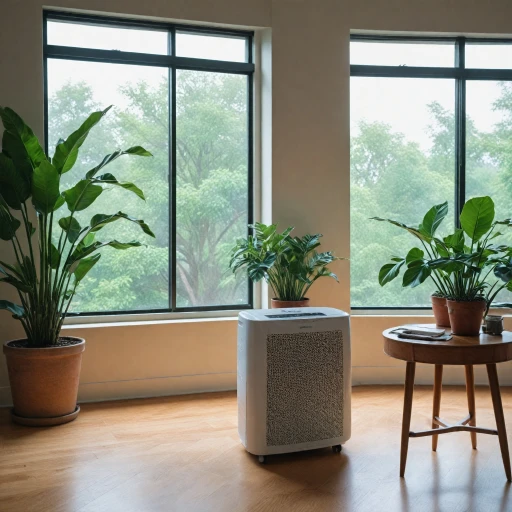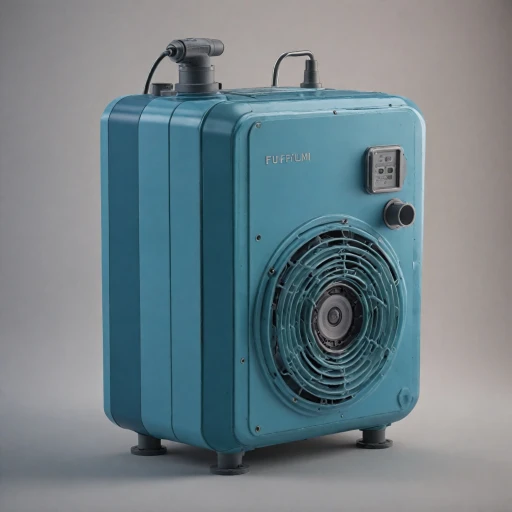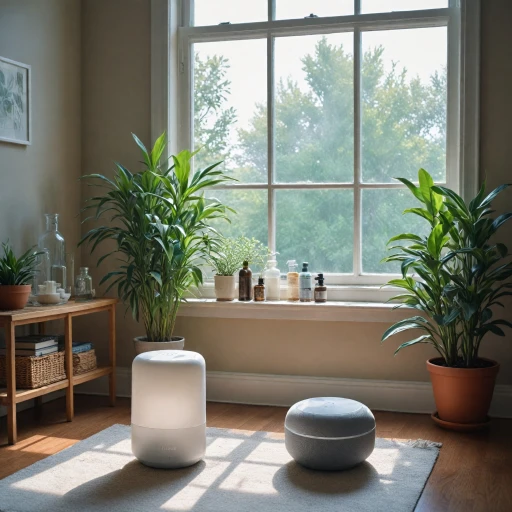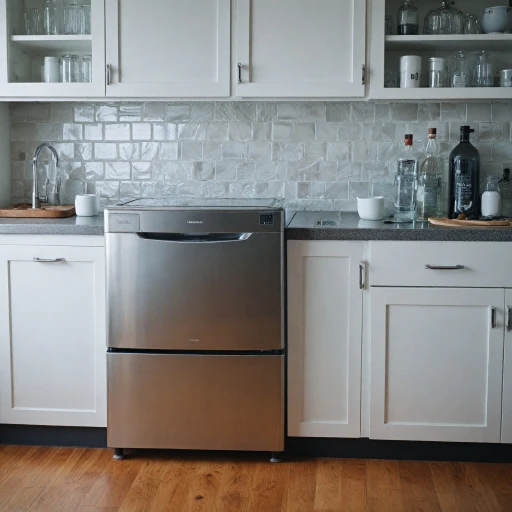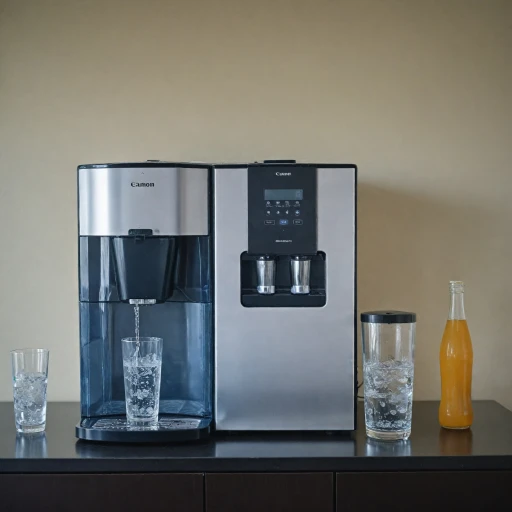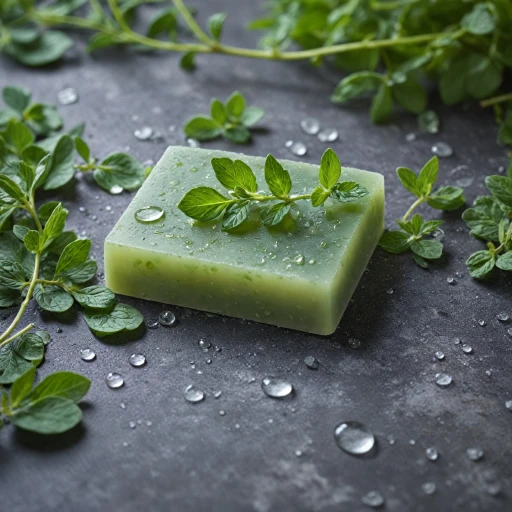Understanding Mold in Air Ducts
Getting to Know Mold in Air Ducts
If you've ever turned on your HVAC system and caught a whiff of something not quite right, it could be mold hiding out in your air ducts. You know mold, that pesky little organism that loves damp and dark places? It can sneak into your HVAC systems and start a home of its own. Once it's settled in, it's busy sending out mold spores into the air, which can land you in a heap of trouble. Mold loves moisture. So, if there's any extra wetness hanging around due to issues like condensation in your air conditioner or a leak, it's like giving mold a VIP invite to your ducts' party. Small spaces and places where water might gather are their favorite hangouts. Many folks underestimate how much mold affects indoor air quality. It's not just about a musty smell. The spores from black mold, for instance, love to float around and can cause real harm to your health. That's why a mold test or a mold test kit becomes your best defense. Maintaining clean air in your business or home means getting rid of mold completely. Mold removal involves more than just grabbing a cleaning product off the shelf. Effective duct cleaning requires some elbow grease and the right tools. Regular cleaning and inspections can help keep your HVAC system in tip-top shape and stop mold growth in its tracks. If you're an Amazon member, you might find some highly-rated products that help remove mold. Just remember, ensuring that duct cleaning becomes a regular part of your cleaning routine is key. Of course, when things get out of hand, calling in a professional might be the way to go for proper mold remediation. Check out this article on water filtration for more tips on keeping your home environment fresh and healthy.Health Risks Associated with Mold in Air Ducts
Why Mold in Air Ducts is a Health Hazard
Mold in your air ducts is more than just an eyesore; it’s a health risk that can affect everyone in your home. When mold spores circulate through your HVAC system, they can cause a variety of health issues, especially for those with allergies or respiratory conditions. Breathing in these spores can lead to symptoms like coughing, sneezing, and even more severe reactions like asthma attacks.
The Invisible Threat of Mold Spores
One of the sneakiest things about mold is that it often goes unnoticed. You might not see the mold, but you could be breathing it in every day. Mold spores are tiny and can easily travel through your air ducts, spreading throughout your home. This is why regular duct cleaning and maintenance are crucial to keep your indoor air quality safe.
Impact on Indoor Air Quality
Your HVAC system is designed to keep your home comfortable, but when mold gets involved, it does the opposite. Mold can compromise your indoor air quality, making your home less healthy. It’s like having an unwanted guest that overstays its welcome, affecting your air conditioner’s efficiency and your peace of mind.
Recognizing the Symptoms of Mold Exposure
- Frequent headaches or migraines
- Persistent coughing or sneezing
- Worsening asthma or allergy symptoms
- Skin irritation or rashes
If you or your family members experience these symptoms, it might be time to consider a mold test kit or professional inspection to assess the situation.
Preventive Measures to Protect Your Health
To reduce the risk of mold growth, keep your home’s humidity levels in check. Use a dehumidifier if necessary, and ensure your HVAC system is properly maintained. Regular filter changes and duct cleaning can also help keep mold at bay, ensuring your home remains a safe haven.
In the end, taking proactive steps can prevent mold from becoming a health hazard in your home. By staying vigilant and addressing any signs of mold early, you can protect your family’s health and maintain a clean, safe environment.
Choosing the Right Spray to Kill Mold
Choosing Your Secret Weapon: The Best Mold Eliminator Spray
Selecting the right spray for keeping mold out of your air ducts and HVAC system is key in your mold-removal mission. Not all sprays are created equal, so let's find the stars in the market that can help you clean up and enhance your air quality.- Check the Ingredients: When you're on the hunt for a spray to kill mold, make sure you're looking for strong, mold-dispatching elements. The active stuff like hydrogen peroxide or vinegar can be your best buddies since they don't introduce harsh chemicals into your air when they break down mold spores.
- Is it Safe for Your HVAC System? Double-check if the product is safe for your system's components. Some mold sprays can be aggressive, risking damage to parts of your ducts or the air conditioner. You definitely want to remove mold without causing other issues.
- Brand Reputation: A brand's reputation says a lot about a product. Trusted names in mold removal business often have a loyal fan base for a reason. It's not just about checking the reviews on Amazon but also understanding user experiences in real-life mold growth scenarios.
- Certification and Testing: Look for sprays that boast certifications from established authorities or have been tested by independent mold test kit companies. These stars can guarantee performance, sparing you the headaches of trial and error.
- Delivery Options: Check if the brand offers small dispatches or bulk purchases. After all, recurring mold removal actions mean you might prefer a subscription or bulk delivery to keep your HVAC systems and air ducts mold-free year-round.
Step-by-Step Guide to Applying Mold Spray
Getting Ready for a Nice Mold Spray Session
You’ve done your homework and settled on the perfect mold spray to take on those pesky spores lurking in your air ducts. But, a plan is only good on paper if it stays there. Let's see how to put it into action right where it matters the most.Suit Up for Mold Battle
Before diving in, safety comes first. Mold might be small, but it packs a punch when it comes to health risks. Make sure you're kitted out with:- Protective gear: Wear gloves, goggles, and a mask to keep yourself safe. After all, you'd rather not have a mold experience that sticks with you.
- Proper ventilation: Crack open a window, switch on that air conditioner, or let your HVAC system in the house do its thing to circulate fresh air.
Cleaning 101: Prep Work
Your ducts can be a haven for moisture and dust—perfect ingredients for mold soup. Start by giving those air ducts a gentle clean. Duct cleaning tools or a simple cloth and vacuum should do the trick. This helps the spray really reach the mold.Spray and Pray... Not Quite!
Got your mold-busting spray? Now, let’s get hands-on:- Shake it up: Give your spray bottle a good shake. This ensures that the mold removal solution is mixed well.
- Apply evenly: Spray directly onto the mold spots. Hold your spray bottle about 6 to 12 inches away from the target. Make sure the whole mold colony gets a little love.
- Let it sit: Patience is key. Let the product sit for the recommended time. This is where the mold comes face to face with its nemesis.
Wipe It Clean!
Once the spray has done its job, follow up by wiping the area clean to remove mold residue. Use a clean cloth for this part. This ensures that your air passes through clean ducts, improving indoor air quality.Wrap Up and Check
Finally, “out of sight, out of mind” doesn’t quite cut it here. Regularly peek into your ducts to make sure mold hasn’t made a comeback. Use a mold test kit if you want to be super sure. The little bugger shouldn’t be underestimated. Remember, when in doubt, call in a pro to tackle black mold or any stubborn mold growth. Mold remediation professionals know how to ride mold once and for all! Treat mold removal as an ongoing process rather than a one-time project. Consistent cleaning, a trusty filter, and keeping moisture at bay should ensure your home stays mold-free.Preventive Measures to Avoid Mold Regrowth
Smart Steps to Keep Mold from Coming Back
Keeping mold from turning your HVAC system into a humidity party is a worthy mission, and the bonus is better air quality too. Once you've tackled mold removal with the ideal spray (and hopefully improved your air quality), it's important to lay down the law on mold prevention. Here are some tips that can help:- Control Moisture Levels: Mold loves moisture like kids love candy. Moisture control in air ducts is fundamental. Use a dehumidifier to maintain indoor humidity below 60%. This small change can make a big difference in keeping black mold at bay.
- Regular HVAC Maintenance: Having your HVAC system regularly checked by a pro can stop mold spores in their tracks. They'll ensure the system's filters are clean, maximizing the efficiency and air purification process.
- Clean Air Filters: Speaking of filters, swap them out regularly to keep the airflow fresh and mold-free. A clogged filter means trouble — both for your air conditioner and your lungs.
- Use a Mold Test Kit: It's not just for peace of mind; it's a proactive approach. An HVAC test kit can give you a heads up on any sneaky mold attempting a comeback, allowing for quick remediation.
- Fix Leaks Promptly: Water is mold's best friend. Repair leaks in HVAC systems and around your home as soon as they are found to stop mold growth before it even starts.
- Ventilate: Keep the air moving. Ensure your HVAC system's ducts are open and unobstructed to promote proper circulation and reduce moisture.
When to Call a Professional
Recognizing When Expert Help Is Needed
Sometimes, despite your best efforts to keep your air ducts clean and mold-free, you might find yourself facing a persistent mold problem. In such cases, it's wise to consider bringing in a professional. Mold, especially black mold, can be stubborn and hazardous, affecting your HVAC system's efficiency and indoor air quality.
So, when should you make that call? Here are some signs:
- Persistent Mold Growth: If mold keeps coming back despite thorough cleaning and preventive measures, it might be time to call in the experts. They have specialized equipment and products that can effectively remove mold.
- Health Concerns: If you or your family members experience unexplained health issues like allergies or respiratory problems, it could be due to mold spores in your air ducts. A professional can perform a mold test to confirm its presence.
- Extensive Mold Infestation: When mold covers a large area or has spread to multiple parts of your HVAC system, professional mold remediation is often necessary to ensure complete removal.
- Unpleasant Odors: Persistent musty odors coming from your air ducts could indicate hidden mold. Professionals can identify and remove mold sources that are not visible to the naked eye.
Hiring a professional duct cleaning service ensures that all traces of mold are removed safely and effectively. Look for companies with good reviews on platforms like Amazon and those that offer quick delivery of services. Ensure they use high-quality mold removal products and have experience with HVAC systems.
Remember, while a DIY approach can work for small mold issues, larger infestations require the expertise of professionals to protect your health and home. By knowing when to call in the pros, you can maintain a clean, healthy environment and keep your HVAC system running smoothly.
